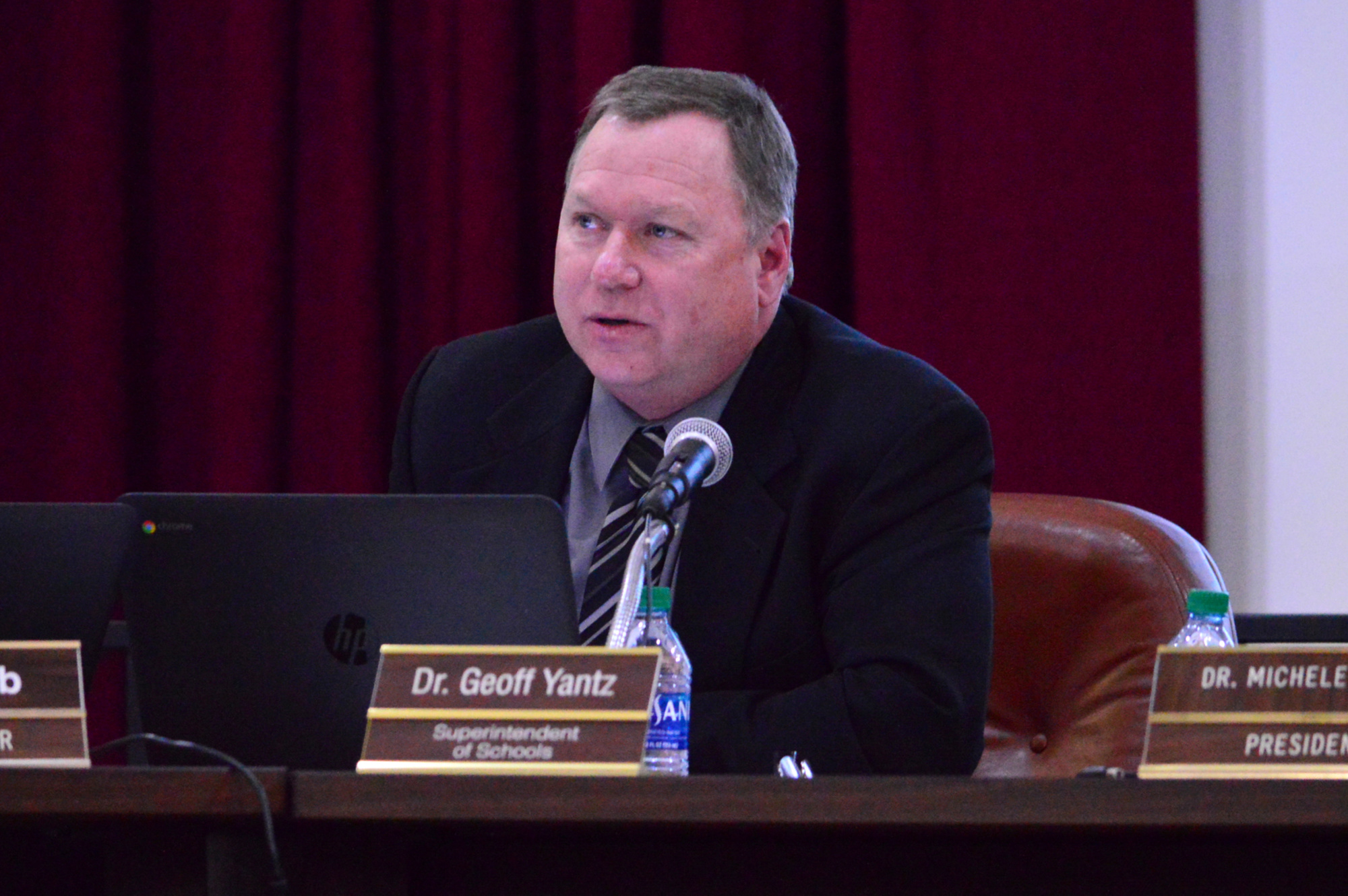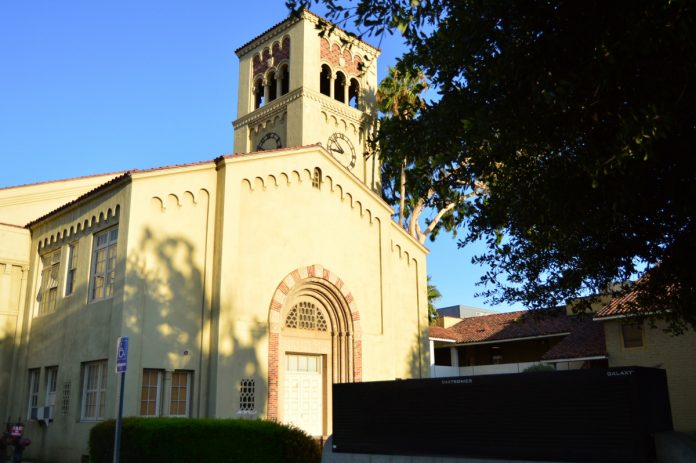Recently released 2019 California School Dashboard data indicated a 1.7% decline in the percentage of students who were chronically absent between 2018 and 2019, from 4.7% to 2.9% respectively. Chronic absenteeism is the percentage of students who are absent 10% or more of the instructional days they were enrolled. Studies show that early interventions and positive school culture help improve student absenteeism rates — two factors that South Pasadena Unified School District (SPUSD) has focused on over the past few years.
“Reducing chronic absenteeism has the potential to improve student advancement,” said Superintendent Geoff Yantz. “By looking into the reasons why students are absent, we have been able to adopt new programs and hire staff to help in ways that best support our students, especially on the social-emotional level.”

Five years ago, thanks to generous support from South Pasadena Educational Foundation (SPEF), the District adopted “Train Your Brain,” a school support program at the middle school and high school that integrates research-based prevention and intervention strategies. High school students also benefit from on-campus conflict resolution – the SPHS Peer Mediators; suicide prevention; developmental asset “ticklers” shared weekly by teachers; and a robust digital citizenship curriculum that is customized by age and also taught at the middle and elementary school sites. In more recent years, high school administrators, counselors, teachers, and families have been partnering with Challenge Success to guide students in creating a more balanced and academically fulfilling life for students.
SPMS expanded its social-emotional offerings through programs such as W.E.B.: Where Everyone Belongs; peer mediation; Project Wisdom – focusing on character and development; and suicide prevention. In addition, all three elementary schools now use positive behavior intervention and support (PBIS) strategies; the Second Step Character Education program; small group counseling provided by elementary school counselors; and mindfulness strategies through listening, breathing, seeing, walking and even eating.
“Not only are the schools offering a wide variety of programs that support student mental health, but the District has provided more in-depth training for faculty and regularly works with the PTSA to offer parent education forms on topics such as adolescent stressors, anxiety in teens and digital citizenship,” said Yantz.
To support all of these programs and the increased need for deeper mental health services for students, the District expanded its counseling team and over the past five years has supplemented the social-emotional support system to include more than 10 additional positions focused on student well-being as well as counseling interns from California State University Northridge, California State Los Angeles, and The University of Southern California who assist the Train Your Brain specialist at the middle school and high school.
Staff members in the new positions bring high levels of education, experience, and certification working with students from different backgrounds. For example, some of these additional positions include school psychologists, occupational therapists, intervention counselors, an attendance and foster and homeless youth counselor, mindfulness coaches and digital citizenship coaches, to name a few. The counselors from all school sites also meet regularly to align services for students across elementary and secondary levels. These meetings are especially important as the counseling team facilitates and attends approximately 1,300 special meetings for 504 plans and student study team (SSTs) annually.
Since 2015, the District has made a considerable investment in social-emotional learning with new revenue being directed to programs and staffing. Evaluated annually, strategies and future mental health services will be adjusted based on student needs.
“It is rare for a District with our state funding level to offer this breadth of support,” said Yantz. “We will continue to fine tune our programs and services to improve the educational environment and build our network of community-based resources.”















.png)







